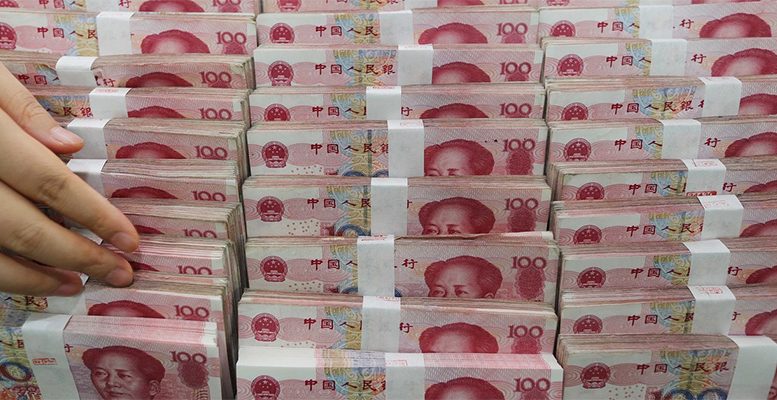There is a scenario with sufficient weak points that the yuan be the main protagonist in August. The unanimous approval by the Senate of a law to reduce or eliminate the tariffs applied to around 1,660 products made outside the US, of which half are made in China, could be the perfect excuse for Trump to return to the charge on trade attacks on Chinese interests. However, as we have insisted over the last few weeks, the key to the summer from a Chinese perspective, could lie more in the yuan than trade issues.
In August 2015, the decision to let the the yuan depreciate provoked an earthquake in the markets and this possibility has returned, given that the Chinese currency rose above 6.8 to the dollar. The margin to avoid concern among international investors being visible in markets has been exhausted and fears could “get out of control” if the rate gors above 6.9. Therefore, China could cause a complicated August, above all, when its data has got worse compared to the past.
The advance towards a development of “greater quality” has led the Chinese authorities to lower the growth target for 2018 to “around 6.5%” compared to the 6.9% achieved in 2017, although more striking is that it is the least dynamic figure since 1990. China needs to to grow in a more balanced way and, above all, without neglecting the significant financial risks arising in the shadow of the striking increase in debt, but unfortunately some áreas will suffer the reality of the slower growth.
The deceleration of growth coincides with high levels of debt. According to data from the Bank of International Settlements (BIS) for the close of 2017, the debt of China´s non-financial sector rose to 255.7% of GDP, after having reduced slightly from its maximums of 256.9%. These figures, which show important differences with other organisms due to discrepancies in the aggregation of the data. But what cannot be doubted is the great increase in Chinese debt, to the extent of it becoming the main risk for the country. This increase in debt coincides with a current account deficit which reached34.1 billion dollars in Q1 2018; exceptional figures given that you have to go back to Q2 2001 (-896 million dollars) to find another current account deficit.





